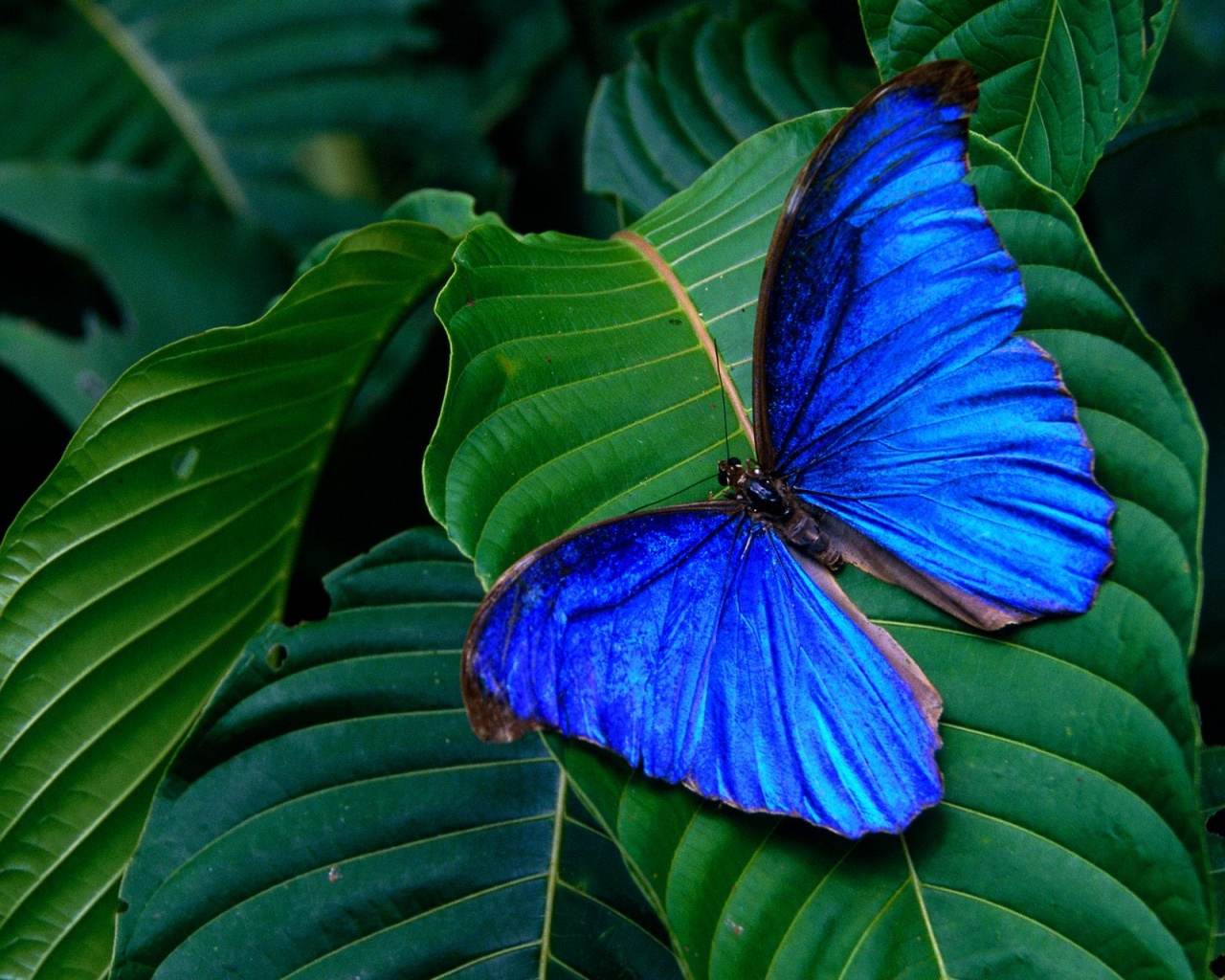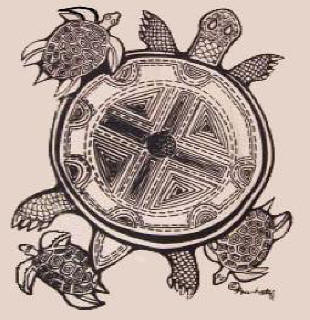 |
LITR 4231 Early American
Literature Research Posts 2014 (research post assignment) Research Post 1 |
 |
Jonathon Anderson
3/26/2014
Listening for the Echoes of Authentic Early American
Frontier Experience in the European Gothic Novel,
Or, The Tease
1.
As a father in his thirties,
Thom Yorke of Radiohead once cited his main creative influence as “lack of
sleep.” Having recently entangled myself likewise in this situation, I am
inclined not only to believe him, but to ascribe most thought, creative or not,
to the same, which brings me, by way of a disclaimer, to the blue sky
dubiousness of the present occasion. As we discussed the captivity narratives of
Marys Rowlandson and Jemison, I couldn’t help but notice Dr. White’s annotations
pointing out possible proto-Gothic descriptive instances. The inspiration for
the imagery seemed clear enough, since the events shared must have been
excruciating to experience and a common point of reference would have been the
Bible and its imagery of suffering and redemption. Adding to the articulation of
real anxiety and terror, the observation that these narratives were immensely
popular on both sides of the Atlantic started the wheels turning and the mind
wandering (during the break, of course) to thoughts of European authors’
reactions to these tales of savagery and survival. I wondered if the developing
emphasis on individual experience and emotion in literature of the late 18th
and early 19th
centuries had any relation to the extreme situations Europeans were living
through on the American Frontier. What if there was some direct link from the
Marys to our canonical artists in the Romantic tradition?
I took my curiosity to Dr. White, who threw out the
name Chateaubriand as one possible place to start my investigations. A quick
Wikipedia search confirmed Francois-Rene Chateaubriand as a good candidate; it
turns out he spent about half a year in America in 1791 before returning to
France and subsequently publishing two novellas featuring Native American
characters that helped usher Romanticism into French literature. However,
further probing of the web in a direct way (“influence of American captivity
narratives on European literature,” “America in European fiction,” etc.) went
nowhere toward any connection between American captivity narratives and French
Romantic literature. Eventually I hit upon the idea of a two-pronged attack: 1)
pursue investigations into the influence of our captivity narratives, 2) take a
closer look at Chateaubriand’s methods and sources of knowledge pertaining to
Native Americans and the American Wilderness. This immediately put me in a
better place, and I found webpage references to captivity narratives’ importance
for American literature and skepticism toward Chateaubriand’s depiction of
America. The final piece of the puzzle was realizing that I should have been
looking less into the depths of Google and more into the scholarly resources we
fund through our tuition (A total “Duh!” moment.).
2.
Not surprisingly, there is
plenty of scholarship on the American captivity narrative. The first piece that
offered a step in the right direction was David Haberly’s “Women and Indians:
The Last of
the Mohicans and the Captivity Tradition”
(1976), in which James Fenimore Cooper’s 1826 novel is examined as the
dovetailing of two fictional captivity narratives. Haberly argues that Cooper
uses the conventions of the two basic captivity sequences, one ending with
restoration to society and one ending tragically, to explore the anxieties of
gender roles and cultural identity. For my purposes, it gave me a definite link
between captivity narratives and Romantic fiction. The transition of captivity
narratives from Rowlandson’s “vivid immediacy and religious intensity” to a more
literary style of writing was clarified in Roy Harvey Pearce’s essay “The
Significances of the Captivity Narrative” (1947) (Pearce 3). He states “the
significances of the captivity narrative vary from that of the religious
confessional to that of the noisomely visceral thriller” (2). Comparing this to
Britannica.com’s description of Chateaubriand’s heroine Atala as “torn between
love and religion” and his own tenacious dedication to Catholic dogma despite
his advancement of Romantic excess (he was apparently discouraged from
participating in the scriptural readings of the priests on his voyage to North
America because his overly emotional tone “was not conducive to piety”), I was
hopeful about finding some point of intersection between the two lines of
inquiry (Armstrong 4). About Chateaubriand’s novella
Atala,
the Britannica.com entry says “the lush Louisiana setting and the playing-out of
romantic passion in primitive American surroundings are captured in a rich,
harmonious prose style that yields may beautiful descriptive passages.” Pearce
mentions the “freshness and concreteness of detail” in early captivity
narratives, tracing the popular genre from its confessional beginnings, through
journalistic propaganda as Americans began to push west, to the
“sensational[ist] offshoots” that would have been current in 1791, when
Chateaubriand was here.
The most suggestive source on the captivity
narrative front turned out to be the most current: Linda Colley’s “Perceiving
Low Literature” (2003) takes as granted the concept of the Mary Rowlandson
narrative as an “ur-text in the evolution of American Fiction” and adds that
some scholars estimate its importance even higher as an “ur-text in the
evolution of the modern novel” (3). She makes the point that the close
relationship between captivity narrative and especially early fiction should not
be surprising since “both in their different ways shared and communicated a
world in which change and possibilities were fast increasing, and so too were
risk, danger, and sudden reversals of fortune” (10). Both are “striving for
empathetic emotional response…to bring suffering and sentiment closer to
readers.” She too, along with several of the first webpages I found, remarks on
the dissemination of English narratives from both sides of the Atlantic in
Continental Europe.
My efforts on the Chateaubriand side were not as
productive, but did contribute Emma Kate Armstrong’s rollicking 1907 essay
“Chateaubriand’s America,” which gleefully dismantles Chateaubriand’s claims of
extensive travel and research during his approximately five months on the North
American continent:
[H]e claims to
have seen a large part of the territory east of the Mississippi; he asserts that
he lived in the huts of the savages; and he describes the aborigines, flora, and
fauna of the country from Niagara to Natchez. His description of America was not
received without question in France, and he replied in 1805 to his critics by
saying that Atala might be a poor production, but that all travelers who had
visited Louisiana and the Floridas agreed that in it American nature was painted
with scrupulous fidelity. "If the pictures had lacked truth," he asks, " would
they have succeeded among a people who could say at each step: 'These are not
our rivers, our mountains, our forests ?' Atala has returned to the wilderness
and her fatherland has recognized her as a veritable child of solitude." In
Les Natchez
he says that he has been a faithful historian of the country and customs of the
Natchez (Armstrong 2).
She then proceeds to offer
increasingly preposterous examples of Chateaubriand’s lush descriptive detail,
ranging from the inconsistent – in
The Voyage
he assigns certain descriptions of plant life to Florida, but in his
Memoires
the same passages are said to describe an island in a lake off of the Ohio river
(18). (In another scene he describes a group of Native Americans paddling across
the water to discuss the purchase of some horses that they have apparently
brought across in canoes.) – to the illogical – Armstrong observes, “In truth,
New Orleans is not on the direct route from Philadelphia to the North Pole”
(16). Chateaubriand’s descriptions of the scenery include plains which are
covered with “bulls, cows, horses, bison, buffaloes, cranes, turkeys, and
pelicans,” not to mention paroquets (parakeets) so overpopulated as to be a
nuisance and have a price on their heads. Checkpoints on his claimed journey are
sometimes several hundred miles out of the way. He describes reindeer and moose
on the banks of the Mississippi river and reports East Indian trees growing in
the wild and Central and South American foliage in full boom in Ohio in
November.
Most egregious, however, are his Native Americans.
He characterizes his Sioux as possessing a sweetness of manner totally
inconsistent with notables like Crazy Horse and Sitting Bull. The Native feasts
are joined by dogs, bears, and otters who sit docilely among them. Atala, his
mestizo heroine, has hair like a “veil of gold” and her blue veins can be seen
in her “dazzlingly white cheeks.” Amazingly, her Native lover reportedly has no
clue she is not also Native until she confesses. Chateaubriand’s characters seem
more like the familiar characters of sentimental novels as they shed “enough
tears…to irrigate the desert lands of Arizona and to make the barren plains of
New Mexico blossom like the rose” (23).
The inescapable conclusion for Armstrong is that
Francois-Rene Chateaubriand, who was 23 when he arrived in America with limited
financial resources on his first trip outside France, “endowed with a dreamy
disposition, a florid imagination, and a plan to discover, alone and unaided,
the Northwest Passage,” plundered other literary sources for the information
used to create the America of his novellas (3). (He also established, according
to Britannica.com, “the Romantic vogue for world-weary, melancholy heroes
suffering from vague, unsatisfied yearnings,” and also found time to name the
Chateaubriand Steak.)
3.
Armstrong’s whole project is disastrous to Chateaubriand’s
credibility, but great for our curiosity. If he did not live with the Natives,
(and how could he and still write a blond, porcelain-white mestizo character?)
he had to have recourse to other sources. Armstrong and others make a good case
for his use (and abuse) of travel literature, but might it not also be possible
that he read popular captivity narratives while:
in five months, or less, if we deduct the stay in
Philadelphia, he claims to have traveled from Baltimore to Niagara, thence to
the Gulf of Mexico, and back to Philadelphia; down streams whose shores were
infested with Indians and wild animals; through the virgin forest; over mountain
after mountain; to have examined the plants, studied the animals, inquired into
the manners and customs of the Indians, taken notes and written a romance in the
"huts of the savages" (21)?
This is the big problem with the venture. The more in-depth we get with either side of this question into connections between what is essentially 18th century pop fiction and the brooding, swaggering braggadocio of Francois-Rene, vicomte de Chateaubriand, “a Bourbonist out of honour, a monarchist out of reason, and a republican out of taste and temperament,” the more we are merely tantalized by possibility (http://en.wikipedia.org/wiki/Fran%C3%A7ois-Ren%C3%A9_de_Chateaubriand). The two lines of inquiry seem to dance around each other, continuing to parallel each other suggestively without really acknowledging their suspicious intimacy.
Francois-Rene Chateaubriand
Works Cited
Armstrong, Emma Kate. “Chateaubriand’s
America.”
PMLA 22.2 (1907): 345-370.
Colley, Linda. “Perceiving Low
Literature: The Captivity Narrative.”
Essays in Criticism
53.3 (2003): 191-218.
Haberly, David. “Women and Indians:
The Last of
the Mohicans and the Captivity Tradition.”
American
Quarterly 28.4 (1976): 431-444.
Pearce, Roy Harvey. “The Significances
of the Captivity Narrative.”
American Literature 19:1
(1947): 1-20.
|
|
|
|


